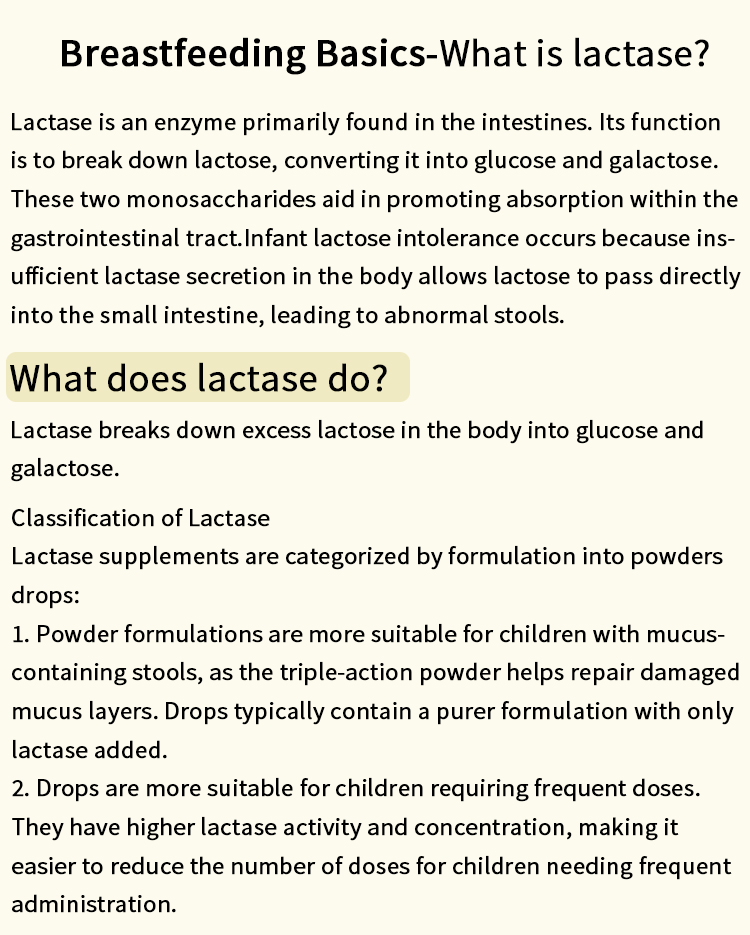Understanding the Financial Commitment: Monthly Costs of 24/7 In-Home Care Services
In today's fast-paced world, the need for comprehensive in-home care has become increasingly prevalent, particularly among the elderly and individuals with chronic health conditions. As families grapple with the decision to provide round-the-clock care for their loved ones, one of the most pressing questions arises: How much does 24/7 in-home care cost per month? This article aims to delve into the various factors influencing the cost of in-home care, providing a detailed breakdown to help families make informed decisions.
The Basics of 24/7 In-Home Care
24/7 in-home care refers to a service where caregivers provide continuous support and assistance to individuals in the comfort of their own homes. This type of care can include a range of services, from personal care and companionship to medical assistance and rehabilitation support. The cost of these services can vary significantly based on several factors, including the level of care required, the geographic location, and the specific agency or caregiver chosen.
Factors Influencing the Cost of 24/7 In-Home Care
- Level of Care Required: The complexity of care needs plays a crucial role in determining costs. For instance, individuals requiring basic assistance with daily activities, such as bathing, dressing, and meal preparation, may incur lower costs compared to those needing specialized medical care, such as medication management or post-operative care.
- Geographic Location: The cost of living in a particular area significantly impacts the pricing of in-home care services. Urban areas with higher living costs typically have higher rates for caregivers, while rural areas may offer more affordable options. For example, cities like New York or San Francisco may see monthly costs ranging from $10,000 to $15,000, while smaller towns might offer rates between $6,000 and $8,000.
- Type of Caregiver: The choice between hiring a professional caregiving agency or an independent caregiver can also affect costs. Agencies often charge higher rates due to the added benefits of insurance, training, and backup support. In contrast, independent caregivers may offer lower rates but come with fewer guarantees regarding reliability and quality of care.
- Hours of Care: While 24/7 care implies continuous support, some families opt for a combination of live-in caregivers and hourly shifts. This hybrid approach can sometimes reduce costs while still ensuring adequate care. For instance, a live-in caregiver may charge a flat rate, while hourly caregivers may be billed at a higher rate for specific shifts.
- Additional Services: Families should also consider any additional services that may be required, such as transportation, housekeeping, or specialized therapies. These services can add to the overall monthly cost, so it’s essential to factor them into the budget.
Average Monthly Costs
On average, families can expect to pay between $6,000 and $15,000 per month for 24/7 in-home care, depending on the factors mentioned above. Here’s a more detailed breakdown:
- Basic Personal Care: $6,000 - $8,000
- Intermediate Care (including some medical assistance): $8,000 - $12,000
- Comprehensive Medical Care: $12,000 - $15,000
Financial Assistance Options
Understanding the financial implications of 24/7 in-home care can be daunting, but there are several avenues for financial assistance that families may explore:
- Long-Term Care Insurance: Many policies cover in-home care services, but it’s crucial to review the specifics of the policy to understand the coverage limits and eligibility requirements.
- Medicaid: In some states, Medicaid may cover in-home care services for eligible individuals. Families should check their state’s regulations and application processes.
- Veterans Benefits: Veterans and their spouses may qualify for benefits that help cover the costs of in-home care. The Aid and Attendance benefit is one such program that provides financial assistance.
- Personal Savings and Family Contributions: Many families rely on personal savings or contributions from family members to cover the costs of in-home care. Open discussions about finances can help alleviate some of the burdens.
Conclusion
The decision to pursue 24/7 in-home care is often accompanied by significant emotional and financial considerations. By understanding the various factors that influence the cost, families can better prepare for the financial commitment involved. It’s essential to conduct thorough research, compare options, and consider financial assistance programs to ensure that your loved one receives the care they deserve without placing undue strain on your family’s finances. Ultimately, investing in quality in-home care can lead to improved quality of life for both the individual receiving care and their family members.



